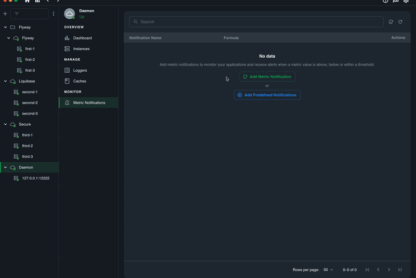Introduction
If you are building a travel website or application using React.js, you may need to access real-time flight information for your users. The Flight Data API is a great solution for this, as it provides up-to-date flight schedules, availability, and prices for a wide range of airlines and destinations.
In this article, we will explore how to use the Flight Data API in a React.js application, and we will provide an example of how to use the API using the Axios library.
Getting Started with the Flight Data API
Before you can start using the Flight Data API in your React.js application, you will need to sign up for a TravelPayouts account and obtain an API key. Once you have your API key, you can start making requests to the API.
Using the Flight Data API with Axios in a React Component
Axios is a popular JavaScript library for making HTTP requests, and it is often used in React.js applications. To use the Flight Data API with Axios in a React component, you will need to install Axios and import it into your component.
Here is an example of how to make a request to the Flight Data API using Axios in a React component:
import React, { useState, useEffect } from 'react';
import axios from 'axios';
function FlightData() {
const [flightData, setFlightData] = useState(null);
const [error, setError] = useState(null);
useEffect(() => {
const options = {
method: 'GET',
url: 'https://travelpayouts-travelpayouts-flight-data-v1.p.rapidapi.com/v1/prices/direct/',
params: {destination: 'LED', origin: 'MOW'},
headers: {
'X-Access-Token': '
In this example, we are using the useState and useEffect hooks to manage the state of our component. We are initializing flightData to null and error to null, and we are making a request to the Flight Data API using Axios inside the useEffect hook.
If the API request is successful, the response data is stored in flightData, which is then rendered to the screen using the pre tag. If there is an error with the API request, the error is stored in error and rendered to the screen.
Conclusion
Using the Flight Data API with React.js can help you provide real-time flight information to your users. By following the example above, you can easily make requests to the API using Axios and display the results in your React components. Remember to always handle errors and rate limits properly, and to keep your API keys secure. With the Flight Data API, you can enhance the user experience of your travel website or application and help your users find the best flights for their needs.





